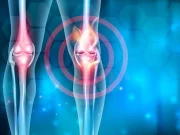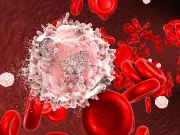Association stronger than with other obesity-related indicators
By Lori Solomon HealthDay Reporter
TUESDAY, Oct. 1, 2024 (HealthDay News) — The weight-adjusted waist index (WWI) may be able to predict future incidence of overactive bladder (OAB) in adults, according to a study published online Sept. 3 in Frontiers in Nutrition.
Zeng Hui, from the Third Xiangya Hospital at Central South University in Changsha, China, and colleagues used data from the National Health and Nutrition Examination Survey (2009 to 2018; 35,950 individuals) to examine the correlation between WWI and OAB.
The researchers found that individuals with a higher WWI had a higher risk for OAB (odds ratio, 1.41). The relationship between WWI and OAB was consistent across various population characteristics. There was a positive nonlinear relationship between WWI and OAB in smoothing curve fitting. The association between WWI and OAB was stronger than with other obesity-related indicators.
“In this study, we found a positive relationship between higher WWI levels and an increased risk of OAB,” the authors write. “Furthermore, the relationship between WWI and OAB is stronger than the correlation between other obesity markers and OAB, indicating that WWI may serve as a simple anthropometric indicator for predicting OAB.”
Copyright © 2024 HealthDay. All rights reserved.



















